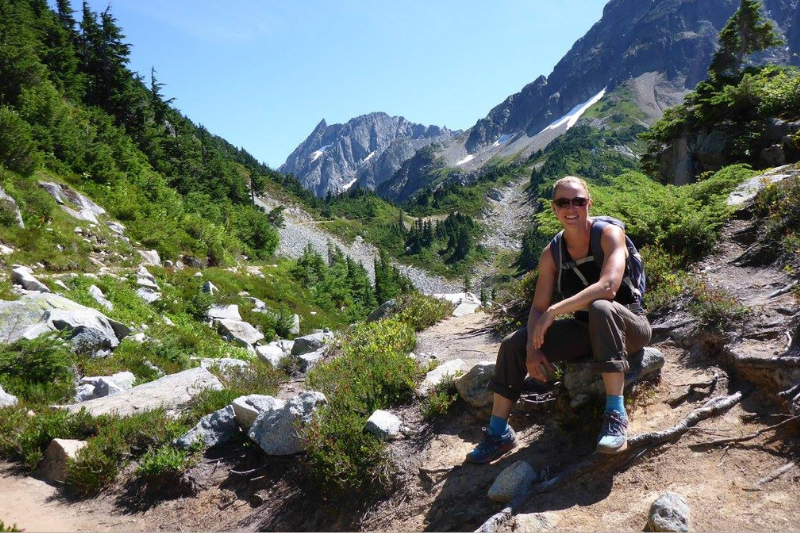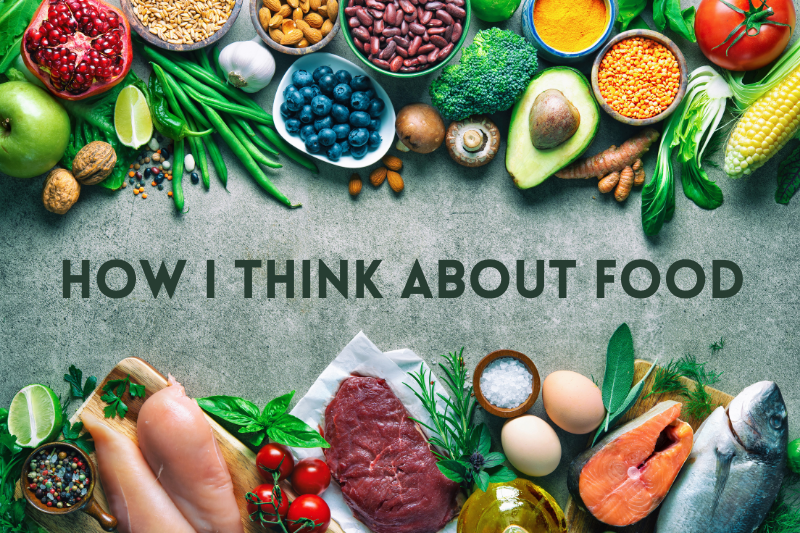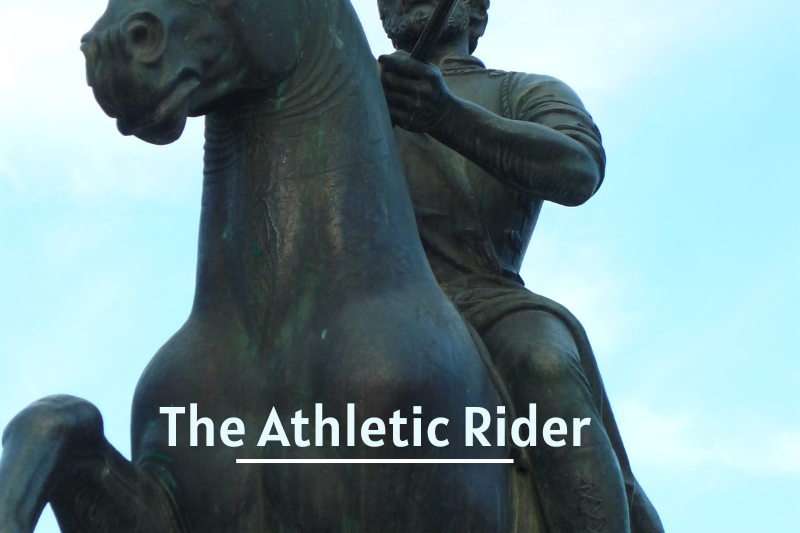In today’s cacophony of fitness and nutrition discourse, we’re all choosing who is worth listening to. This is especially true when it comes to bloggers like me, who are informed aficionados rather than trained experts.
I am decidedly average in terms of athletic ability ~ and maybe a notch above as a home cook ~ but optimal health has been one of my passions for over two decades.
This introduction to How I Think About Fitness, together with its companion, How I Think About Food, is intended to lay out my philosophy on the subject. I don’t mind if you disagree; I just want you to know where I’m coming from so you can decide whether you want to follow along. I’d love it if you do.
Fitness is Choices
I once heard fitness defined as the difference between the most you can do and the least you can do. When there is no difference, you’re dead.
I want that difference to be big. Huge! Expansive enough that I can say yes to any adventure: climbing mountains, descending canyons, running rivers, riding Tevis, traveling the world.
When I was a kid, my dad told me that “Money is choices.” I‘ve come to think of fitness the same way.
Fitness is choices: The fitter you are, the more options you have for what to do with your life.
When I talk about fitness, I\’m not talking about running or cycling or yoga or lifting weights. Those are the tools; they’re the means to an end.
Nor am I talking about trying to achieve a particular aesthetic; if that happens, it’s only a side effect.
Fitness is a Privilege
Several years ago, I experienced depression for the first time. Having always enjoyed an underlying sense of well-being, I was disquieted to find myself overwhelmed by the knowledge that, before I die, I will (probably) lose everything I care about: my family, my partner, my horses, my pets, my home, my strength, my mobility, and perhaps even my mind.
I’m in a better place now, thankfully. Physical exercise helped me through the darkness, back to gratitude and presence. Of course, it remains true that my body will eventually fail. Days will come when I can do less and less, and finally nothing at all.
But for now, I can run fast and climb hills and lift heavy objects. The more I do these things, the longer I’ll be able to. Fitness is a privilege I don’t intend to waste.
Fitness is an Obligation
It also means understanding what effort feels like. I know the burn of straining muscles. The anaerobic hunger that gulps for air. The dullness that portends overreaching. The exhilaration of power and the value of rest. I am a better rider because my body, too, works hard.
As I age, I will have to ask my horse to bear more of the load. But I will always be the strongest partner I can. That is what I mean when I speak of being “fit to ride.”
My Fitness Biases
I have no formal training in exercise physiology, kinesiology, or biomechanics. I’m just a longtime consumer of information that has led me to a set of well-founded biases. These are subject to change based on additional evidence, but for now, I operate on these baseline assumptions:
Strength Training is Queen – Muscle is youth. Muscle is life. Promoting metabolic health through building and maintaining muscle mass is my highest fitness priority. That’s not to say I neglect cardiovascular fitness. To the contrary, I spend many hours per week in zone 2 and regularly work to increase my VO2 max.
It’s Not About Burning and Earning – The purpose of working out is to maximize athletic ability: strength, power, endurance, flexibility, and agility. I don’t believe in exercising to earn my meals.
General Activity is Insufficient – I go out of my way to maximize movement throughout the day. However, general activity (including riding) isn’t enough to maintain my fitness over the long term, let alone improve it.
Mobility Matters – Intentionally maintaining flexibility and range of motion lacks the glitz of swinging kettlebells and climbing walls, but it’s critical to keep me adventuring (and riding) as I age.



